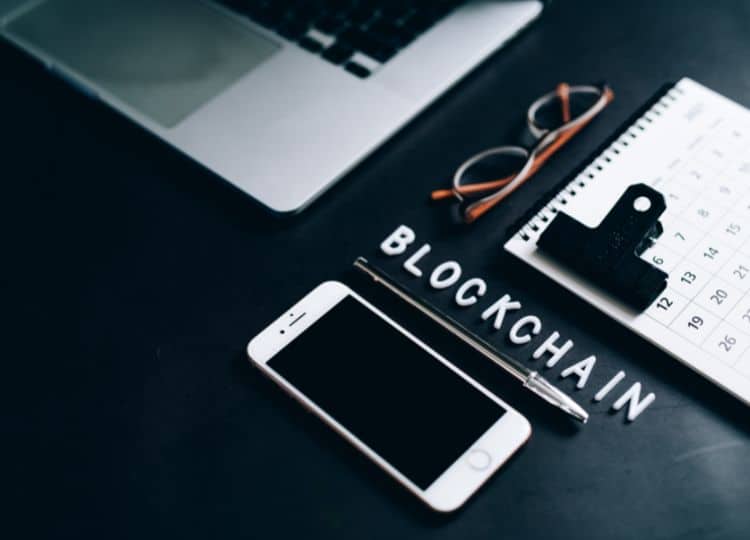Blockchain is an ingenious invention that has the potential to change the way we interact with the digital world. A blockchain is a distributed database that allows for secure, transparent, and tamper-proof transactions. It makes it perfect for many applications such as smart contracts, supply chain management, identity management, etc. It allows for a new level of trust and transparency as all transactions are recorded on a public ledger.
Developing a blockchain app is not an easy task and requires a lot of effort. You can hire a blockchain developer or a team to help you with the development process. There are many sites to hire blockchain developers, or you can post your project on freelancer websites. There are a few things that you need to keep in mind while developing a blockchain app. In this article, we will discuss how to develop a blockchain app.

- Develop The Idea
The first step is to develop the idea and identify a problem you want to solve with your blockchain application. It could be anything from supply chain management to identity management. Once you have identified the problem, you need to find out if blockchain is the right technology to solve that problem. If yes, then you need to define the scope of your project.
Not only should you identify the problem, but you should also have a clear understanding of the target audience. It will help you develop a user-friendly solution that caters to your target audience’s needs. Making a roadmap for your project is also very important at this stage.
- Choose The Suitable Platform
Once you have developed the idea and defined the scope of your project, it is time to choose a suitable platform. Many blockchain platforms are available such as Ethereum, Hyperledger Fabric, Corda, Multichain, etc. You need to choose a platform that is suited for your project requirements.
If you are unsure about which platform to choose, you can take the help of a blockchain development company. They will be able to guide you and help you choose the right platform. Every platform has features, and you need to choose a platform that offers the features you need for your project. Try to keep your options open and do not limit yourself to one platform.
- Develop The Prototype
After you have chosen the platform, it is time to develop the prototype. The prototype will help you understand your project’s feasibility and insight into the development process. Developing a prototype before starting the actual development process is always better. It will help you save time and money as you can identify any problems that might occur during the development process.
During the prototype development, you need to focus on the user experience and ensure that the application is user-friendly. It would help if you also decided whether your application is built into a permissioned blockchain or permissionless network. In a permissioned network, only selected nodes can participate in the consensus process, whereas, in a permissionless network, anyone can join the network and participate in the consensus process. You should also focus on what is hyperledger fabric and how it works to understand this technology clearly.
- Develop The Application
After the prototype is developed, it is time to develop the application. The first step is to set up the development environment. You must install all the software and tools required to develop a blockchain application. Once the development environment is set up, you can start coding the smart contracts.
The smart contract is a critical component of a blockchain application. It is a program that runs on the blockchain network and controls the transactions. After coding the smart contracts, you need to deploy them on the blockchain network. It will help you in testing the contracts. Once the contracts are deployed, you can start building the user interface.
- Testing The Developed Blockchain App
After the development process is completed, it is time to test the application. Testing is essential as it helps identify any bugs or errors in the code. It also helps in improving the performance of the application. Various types of testing need to be done, such as functional, non-functional, regression, etc.
Functional testing is used to test the functionality of the application. Non-functional testing is used to test the performance of the application. Regression testing is used to test the code for any bugs or errors. All these tests need to be performed before the application is launched.
- Launch The Blockchain Application
After the development and testing process is completed, you can launch the blockchain application. Make sure that you have a solid marketing strategy in place. It would help if you created awareness about your application among the users. You can use various marketing channels, such as social media, email marketing, etc., to reach out to the users. You also need to provide proper support to the users. It will help ensure that the users can use the application without problems.
- Maintain The Application
After the blockchain application is launched, you need to maintain it. It includes monitoring the application’s performance and ensuring it runs smoothly. You also need to keep track of the transactions that are taking place on the blockchain network. It will help you in identifying any fraudulent activities that might be taking place.
It would help if you ensured that the application’s security is up to date and that there are no vulnerabilities. Maintaining a blockchain application is a continuous process, and you must always be up to date with the latest trends.
